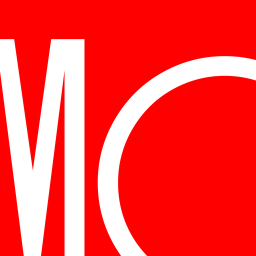JPMorgan Small Cap Value Fund earns a High Process Pillar rating.
The most important driver of the rating is its parent firm's excellent long-term risk-adjusted performance, as shown by the firm's average 10-year Morningstar Rating of 3.3 stars. The parent firm's five-year risk-adjusted success ratio of 55% also influences the rating. The measure indicates the percentage of a firm's funds that survived and outperformed their respective category's median Morningstar Risk-Adjusted Return for the period. Their commendable success ratio suggests that the firm does well for investors and that this fund may benefit from that. The size of the portfolio management team supports the process as well. With four portfolio managers at the helm, the fund is reasonably well-resourced.
This strategy hews closely to the market cap and investment style of its Small Value category peers. Analyzing additional factors, the managers have continually shown a willingness to take risks over the last few years, demonstrated by the portfolio's high volatility exposure. This contributes to a higher-risk, higher-reward approach. In recent months, the strategy was more exposed to the Volatility factor compared with its Morningstar Category peers as well. The strategy has also had a defensive tilt, demonstrated by lower exposure to the quality factor than peers in recent years. This means the fund has avoided holding companies that are consistently profitable, growing, and have solid balance sheets. Such positions do not tend to provide much ballast for a portfolio. Similarly, in recent months, the strategy also had less exposure to the Quality factor than peers. Given the high trading volume of holdings, this fund also tilts toward liquid assets. This gives the managers more flexibility during bear markets to sell without adversely affecting prices. In this month, the strategy also had more exposure to the Liquidity factor over its peers. More information on a fund and its respective category's factor exposure can be found in the Factor Profile module within the Portfolio section.
The portfolio is overweight in real estate and healthcare relative to the category average by 5.7 and 3.8 percentage points, respectively. The sectors with low exposure compared to category peers are industrials and consumer cyclical, underweight the average by 5.1 and 3.0 percentage points of assets, respectively. The portfolio is positioned across 381 holdings and its assets are more dispersed than the typical peer in the category. In the most recent disclosure, 8.4% of the fund’s assets were concentrated in the top 10 fund holdings, as opposed to the category average's 29.9%. And finally, in terms of portfolio turnover, this fund trades less frequently than the category’s average, potentially limiting costs to investors.

